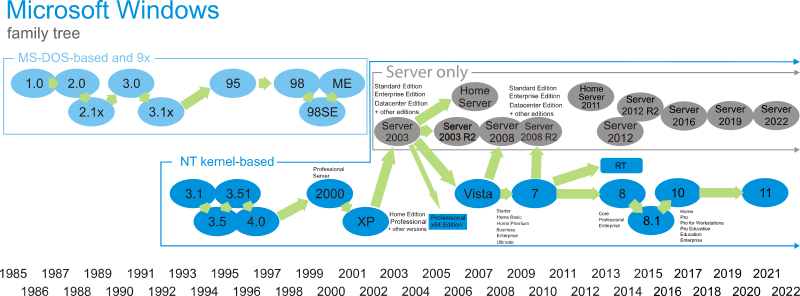Last weekend I was fortunate to attend and present at Learning 2.014 in Bangkok, Thailand. In his closing session, Jeff Utecht talked about how some teachers have been pushing the envelope of technology since the 1800s and before. He talked about how teachers pushed for the adoption of slates instead of the abacus, of pencils and paper, of calculators, and of computers. It makes me wonder if teachers back then ever discussed the nuances of using or ‘embedding’ those non-digital technologies. It certainly seems possible, but somehow the conversation today seems more focused on the tools than on what the tools allow teachers and students to do.
If anything can be said to be the heart of effective, practical, and authentic education it must be this: that these tools allowed teachers and students to tackle problems in new, more effective ways. If the tools were not effective, then they would never have been adopted whole-scale like they were. When a teacher learns about a new method, tool, or technique, there is only one question taken into consideration: will this work for me?
When teachers are reluctant to adopt new technologies, it is often because they are skeptical that it will actually work more effectively in their situation. Sometimes I feel frustrated with technology advocates who call these people ‘laggards’. I would not consider myself a laggard, and yet I often skip over new OS deployments from Windows or Apple because I don’t see much functional improvement, migrating can be a hassle when old tools stop working, and I recognize that constant platform change is more in the interest of companies than users.

We teachers are for the most part practical people. We are suspicious of technology that takes hours to set up and will be used once. We want things that will help us do what we do more easily, or else something that can help us take our lessons to the next level. We know that technology is supposed to make our lives easier, not harder. Yet we also recognize the fact that all new tools and techniques have a learning curve and take some time to get up to speed. We eventually switched from tying our shoes with two loops to using just one, but only after we became convinced that the one-loop method was actually faster in the long run.
Teachers and students are problem-solvers, and we recognize that good tools are the ones that help us solve those problems. Sometimes we are our own problems, and we are trying to improve our teaching practice, or learn enough to succeed in a particular subject area. Once in a while, we are also able to solve other peoples problems while working on our own. This is where the use of technology in classrooms becomes truly ‘authentic’. This is where advances in educational technology become truly exciting; they allow students to encounter and tackle problems that would have seemed like science fiction 30 years ago.
At Learning 2.014 last weekend I presented 21st Century Problems and Authentic Learning. When some people think of 21st century problems, they think of global climate change, terrorist threats, overpopulation, global epidemics, etc. When I think of problems today, I think of all the ways that the playing field is leveling, that the world is getting ‘flatter’. Where some people like to think about how technology has focused attention on 21st Century Skills, I am much more interested in the real problems out in the world that, thanks to modern technology, we can all collaborate on together.

One thought on “Authentic Technology”
Thanks for sharing your presentation here!